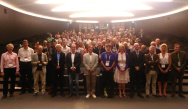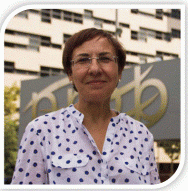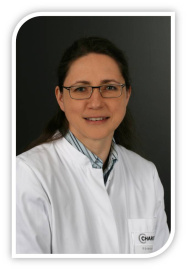Ocular diseases and truncated thioredoxin rod-derived cone viability factor: A strategic presentation by Pr Thierry Léveillard
 Dr Thierry Léveillard from the Department of Genetics at Institut de la Vision MR-S 968, Paris will give a presentation about the nucleoredoxin-like 1 gene encodes for two proteins that contributes to a super-thioredoxin system during Paris Redox World Congress 2017.
Dr Thierry Léveillard from the Department of Genetics at Institut de la Vision MR-S 968, Paris will give a presentation about the nucleoredoxin-like 1 gene encodes for two proteins that contributes to a super-thioredoxin system during Paris Redox World Congress 2017.
In this presentation, Dr Léveillard will highlight the following points:
1) The nucleoredoxin-like 1 (NXNL1) gene encodes for two proteins by alternative splicing, the truncated thioredoxin rod-derived cone viability factor (RdCVF) that acts as a trophic factor for cone photoreceptors and the active thioredoxin RdCVFL that protects photoreceptors, both rods and cones.
2) The NXNL1 signaling is a promising neuroprotective therapy of inherited retinal diseases
3) RdCVF secreted by rods stimulates glucose uptake by cones through its interaction with the complex made of basigin-1 and GLUT1 at the surface of the cones, RdCVFL prevents oxidative damage to the cones in a cell autonomous manner.
4) The results in a mouse model of blindness indicates that increased glucose uptake in cones by RdCVF is used in part to provide redox power to RdCVFL via the pentose phosphate pathway.
If you are interested to know more about this strategic topic, don't hesitate to participate to Paris Redox 2017.
More information on www.isanh.net



































